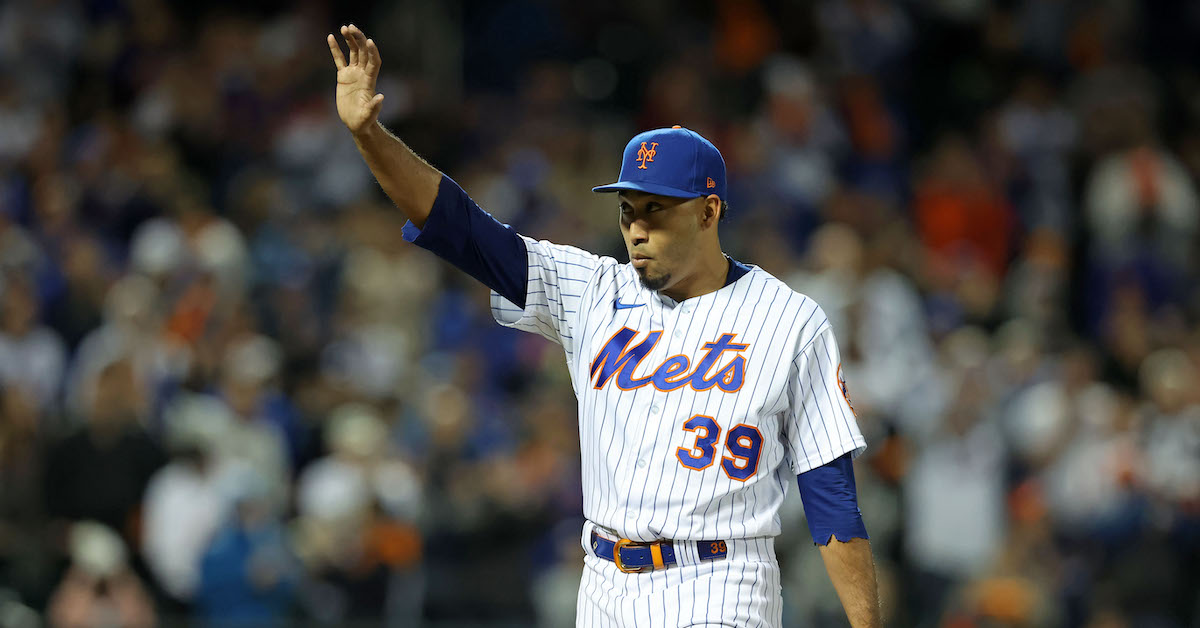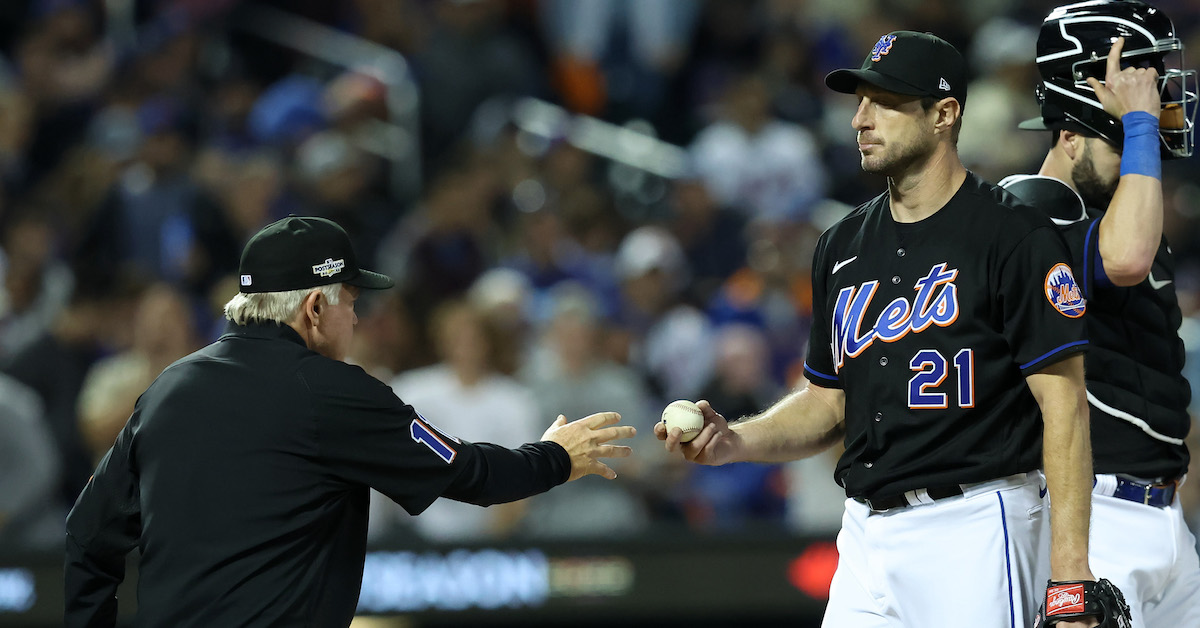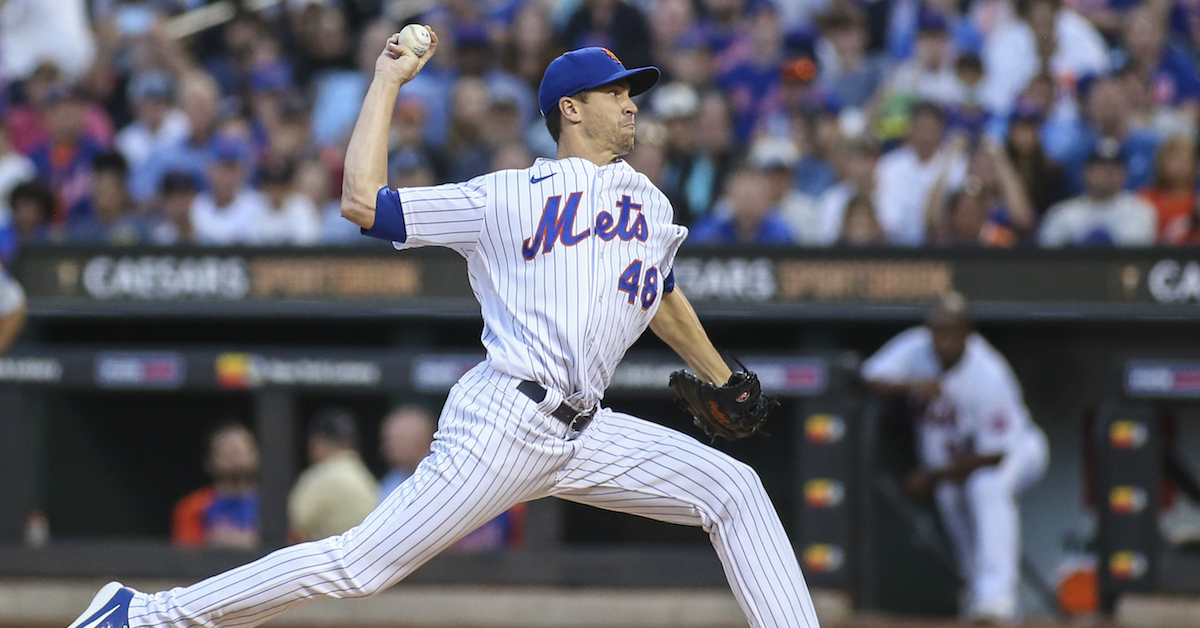Mets Force Game 3 Despite Questionable Bullpen Management

Coming into last night’s win-or-go-home game for the Mets, the biggest question concerned ace Jacob deGrom. In his last four starts of the season, he tossed 21 innings with an incredible 39-to-4 strikeout to walk ratio, but when he got hit, he got hit hard. He allowed 14 runs in those starts, mostly coming off of six home runs allowed, including three in his last start against Atlanta that ended up deciding the division. Perhaps more importantly, deGrom had averaged just 21.7 batters faced in the regular season, with abysmal results when facing the order a third time. While he looked like normal Jacob deGrom through his first 18 batters of any given start, he allowed a .936 OPS his third time through the lineup, with five homers in 42 plate appearances. What would the Mets do with deGrom if the game entered the later innings in a close situation?
Perhaps unsurprisingly, this exact situation occurred. After setting down the first seven batters in order while touching 101.8 mph on his fastball, Trent Grisham took a triple-digit heater on the outer edge deep into center field for a homer. But deGrom wasn’t out of the inning yet. He allowed Jurickson Profar and Juan Soto to reach base with two outs, but struck out Manny Machado on a perfect slider to escape the jam. deGrom got through the fourth inning unscathed, but it was clear that he didn’t have the near-robotic command that led him to historic success in 2021, especially on his slider. He spiked a few of them, and threw many more off the plate in noncompetitive locations.
Those command issues came into play as deGrom began the fifth inning by walking Grisham on five pitches, three of them sliders low and inside. After a successful sacrifice by Austin Nola, deGrom had to face the Padres’ lineup for the third time. Profar, the Padres leadoff hitter, saw four sliders in the same place before a fifth leaked out over the middle of the plate and singled, driving in the Padres’ second run of the game. The next batter, Soto, lined a 2-0 changeup down the pipe into right field for his second hit of the game. With runners on the corners and just one out in a tie game, deGrom was in a tight spot. But he kicked it back into gear after that. Four consecutive sliders perfectly located on the low and outside corner resulted in three swinging strikes from Machado, and deGrom ended the threat with a 99.4 mph fastball that got Josh Bell whiffing, his hardest-thrown pitch of the inning. Read the rest of this entry »









